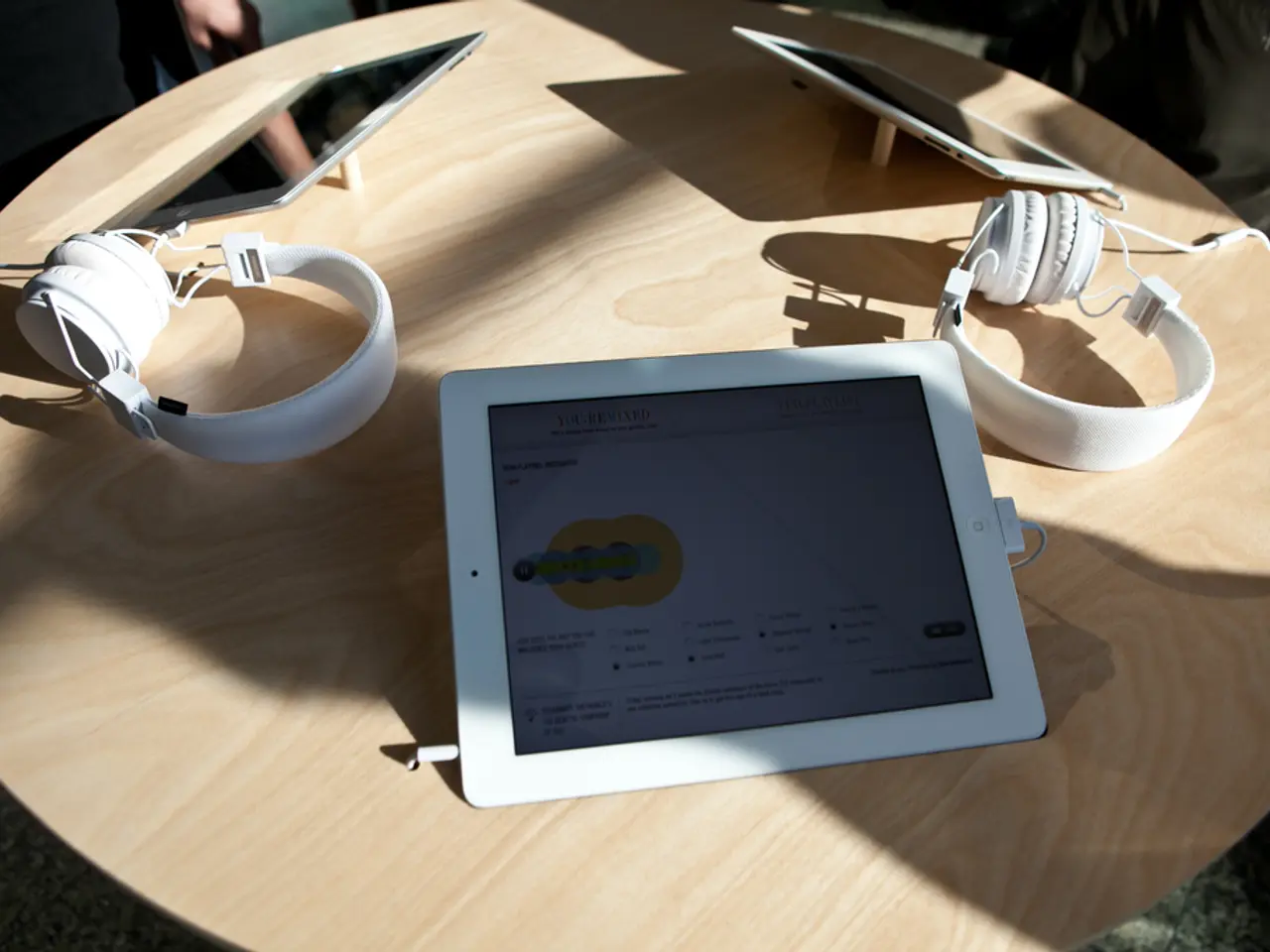Guideline for Employing Via-in-Pad in PCB Design and Fabrication Process
In the world of printed circuit board (PCB) design, vias play a crucial role in connecting various layers of the board. These tiny holes allow for electrical connections between different sections of a PCB, enabling the smooth flow of current. Let's delve into the main types of vias used in PCB design and their characteristics.
The Main Types of Vias
Through-Hole Vias
Through-hole vias extend through the entire PCB from top to bottom layer, mechanically drilled and copper plated. They are the industry standard and connect all layers, but their use limits routing density as they block signals across layers. The aspect ratio for through-hole vias is typically 10:1, though it can go up to 20:1; higher ratios risk plating defects.
Blind Vias
Blind vias connect an outer layer (top or bottom) to one or more adjacent inner layers without passing through the entire board. They improve routing efficiency, increase component density, and are particularly useful in compact multilayer PCBs. Blind vias have aspect ratios around 0.75:1 (up to 1:1 possible).
Buried Vias
Buried vias connect only internal layers, hidden from both top and bottom surfaces. They enable internal layer routing without affecting surface layout, increasing density and flexibility. However, they require sequential lamination and careful manufacturing, and rework is not possible after lamination.
Microvias
Microvias are small diameter vias, typically laser drilled, with low aspect ratio (e.g., 0.75:1), used for HDI boards. They enable high-density connections especially under chips and BGAs. Aspect ratios are kept low for plating reliability. Microvias are used in via-in-pad technology for compact designs.
Additional Via Treatments
Tented Vias
Tented vias are covered with solder mask to protect the opening, but may not fully seal the hole.
Plugged Vias
Plugged vias are filled with epoxy from one or both sides, with or without a mask covering. This improves reliability and planarity.
Filled Vias
Filled vias are fully filled with epoxy or conductive resin and planarized. This enhances solder joint reliability, eliminates dimples, restricts solder wicking, and is ideal for via-in-pad designs (e.g., BGA/CSP).
Filled & Capped Vias
Filled vias are then covered with copper or mask to create a flat surface. This is perfect for dense component pitches and improves thermal/mechanical aspects.
Key Considerations
When working with vias, it's important to maintain proper aspect ratios (e.g., 10:1 for through holes, 0.75:1 for microvias) to ensure plating quality. Clearance rules should be managed to prevent shorts, and via types should be chosen based on signal density, board complexity, and cost constraints.
In summary, through-hole vias are traditional and simpler but limit routing density, while blind and buried vias allow more efficient multilayer routing by selectively connecting layers. Microvias enable HDI designs with fine pitch components, and filled and capped vias improve reliability, especially in via-in-pad technology critical for modern high-performance PCBs. A precisely flat planar surface is necessary for reliable BGA placement with VIP structures, and the pad size in via-in-pad designs should be sufficient to allow for via diameter and manufacturing tolerances to meet IPC Class 2 or Class 3 requirements.
Controlled impedance technology is crucial for ensuring consistent signal integrity in multilayer printed circuit boards (PCBs), as it helps manage impedance throughout the board, reducing signal skew and reflections.
Data-and-cloud-computing technologies increasingly use advanced PCB designs, such as HDI (High Density Interconnect) boards, which utilize microvias and via-in-pad technology to achieve compact designs and high-density connections.




